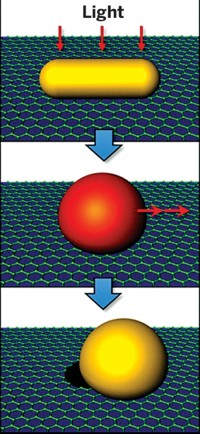Advertisement
Grab your lab coat. Let's get started
Welcome!
Welcome!
Create an account below to get 6 C&EN articles per month, receive newsletters and more - all free.
It seems this is your first time logging in online. Please enter the following information to continue.
As an ACS member you automatically get access to this site. All we need is few more details to create your reading experience.
Not you? Sign in with a different account.
Not you? Sign in with a different account.
ERROR 1
ERROR 1
ERROR 2
ERROR 2
ERROR 2
ERROR 2
ERROR 2
Password and Confirm password must match.
If you have an ACS member number, please enter it here so we can link this account to your membership. (optional)
ERROR 2
ACS values your privacy. By submitting your information, you are gaining access to C&EN and subscribing to our weekly newsletter. We use the information you provide to make your reading experience better, and we will never sell your data to third party members.
Analytical Chemistry
Electrons Zap Clean Nanotube Sensors
Simply applying an electric current to the tubes quickly and effectively jolts off adsorbed molecules
by Elizabeth K. Wilson
September 13, 2010
| A version of this story appeared in
Volume 88, Issue 37

After a single-walled carbon nanotube (SWNT) performs its function as a sensor, the molecules that have adsorbed on the tube’s surface need to desorb before the sensor can be reused. This is often a lengthy, inefficient process. Richard I. Masel, Amin Salehi-Khojin, and colleagues of the University of Illinois, Urbana-Champaign, have found that simply applying a strong electric current to the tubes quickly and effectively jolts off adsorbed alcohol, amine, phosphonate, and aromatic molecules (Science 2010, 329, 1327). In this proof-of-principle study, the group selected SWNTs with small defects in the structures, which the electrons jump over to gain a crucial boost in acceleration before interacting with the molecules. The researchers showed that the process doesn’t heat the tubes substantially. The lack of heating implies that the electron-promoted desorption “must be due to a nonthermal process whereby the analyte is removed from the nanotube surface in response to the current,” they write.





Join the conversation
Contact the reporter
Submit a Letter to the Editor for publication
Engage with us on Twitter